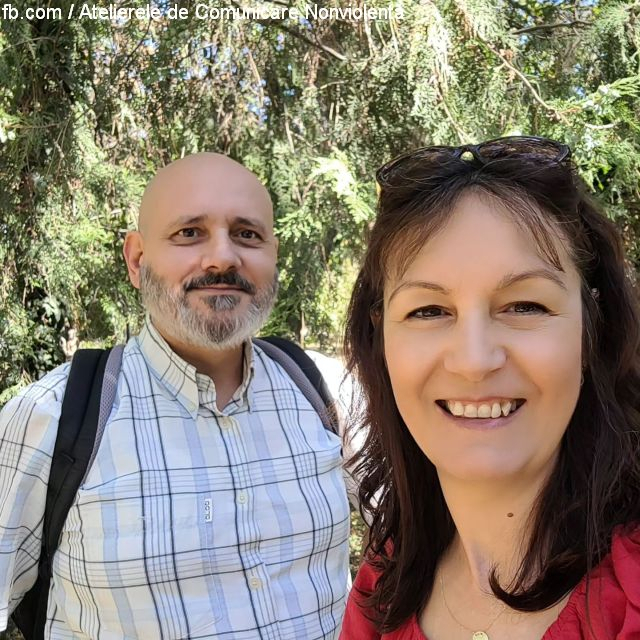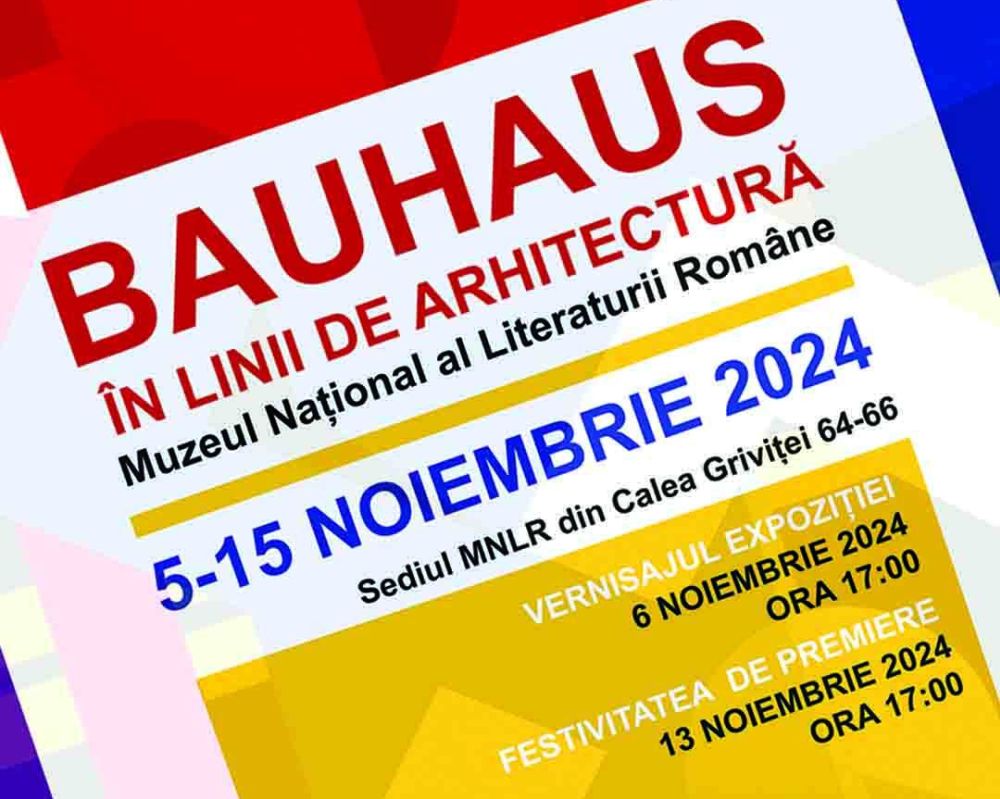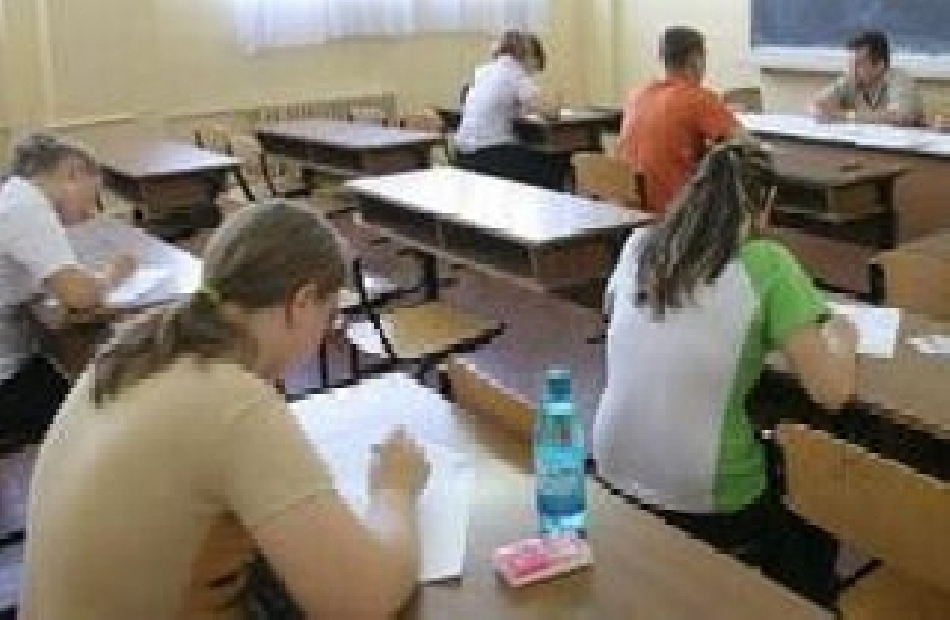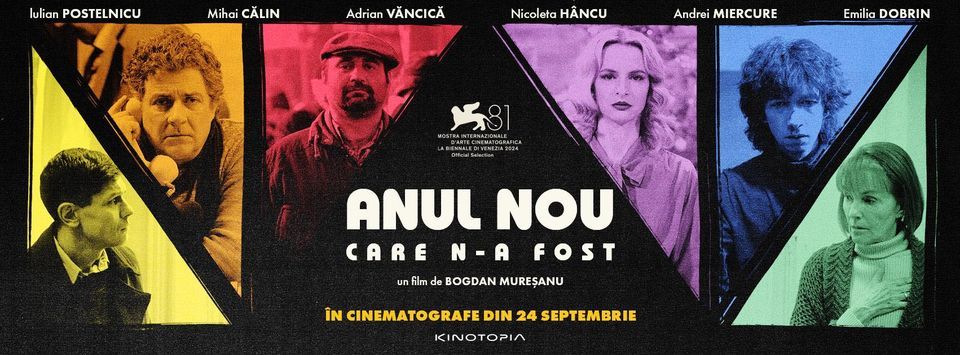The “Knowledge Town”
The first interactive museum in Romania, which offers children an opportunity to discover science games, was opened on February the 15th 2014.
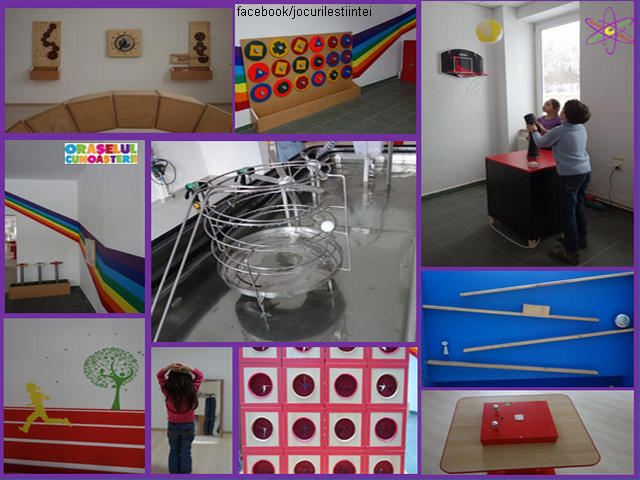
România Internațional, 07.09.2014, 12:00
The museum was designed by a family who loves the Technical Museum in Vienna. The youngest member of the family, Matei, once asked his mother why there was no such museum in Bucharest too, with children allowed to touch the exhibits and even play with them. His mother was quick to answer: “If there isn’t any, we can set one up”. Three years later, the “Knowledge Town” opened its doors. The approximately 100,000 Euros worth of investment materialised in a bright, colourful place, where nobody can complain about getting bored. It stretches on 400 square meters, where children are encouraged to interact, to experiment and play with objects, while their parents are encouraged to be their guides.
Anamaria Roata-Palade, the initiator of the interactive museum, says all games have been designed particularly for the museum: “We have been designing and producing games for three years now. We started with blueprints, mere drawings on paper and ended up making real games, with bubbles, magnets and water. I think the most attractive one is, by far, the water game, because it includes many mills, an Archimedes’ screw, a vortex, for children to throw ping-pong balls and see how a vortex takes shape. There are also games which test and improve children’s skills, a mirror game, a 10-m long running track, where they have a chance to test their speed, a tsunami wave simulator, made of Perspex and a metallic framework. At the far end of the track, there is a press that children can use in order to see what happens to a beach house when a tsunami wave hits the coast. We have also created a replica of geological and rock strata. There are explanatory notes all over the place. Thus, children have the opportunity to find out what they should do with certain objects, they see what happens, the relation between reality and physics, and they are taught how those principles apply in real life, in terms of physics, maths or chemistry… We have another room with balance games: for instance, children are asked place 10 nails in balance on only one nail, to walk on a slack line, on tree trunks, to place a table leaf with only three holes on 6 legs… We’ve tried to find as amusing and entertaining games as possible, to prompt children to ask questions and find answers themselves, to discover the power of their mind and to see how a theory can be applied in real life.”
The museum addresses people aged 2 to 99. There are games for younger children, too, like bubble games on an inclined plane, bubbles that must be moved along pre-defined routes, objects of various shapes to be fitted into other objects, a huge memo and boxes containing surprising objects for younger generations: audio cassettes, discs and other objects from our recent past. There are explanatory signs and guides for each of the games, but Anamaria Roata-Palade says it is very important for parents to get involved, too.
Anamaria Roata-Palade: “We encourage parents to play along their kids, we would like them to do something together, instead of leaving their children there for 2-3 hours. We want parents to spend at least one hour together with their children. It is important for children to see that their parents are willing to learn new things or to explain to them things that they can’t always understand perfectly without help. We provide guidance and can explain everything to children, but, from my personal experience, it is more exciting for children to say ‘look, mom, what I can do’ or to hear their moms say ‘wait, I’ll show you how it works’. “
The organisers wanted to make sure that adults, too, can find something exciting to do, while their children are playing. So there are games intended for adults too: “We have a room with IQ games, big-size puzzles, games with balls, ropes and rings. There are also small-size games, but the big ones are more exiting. The chess-puzzle has not been solved yet, although we bought it 2 months ago. I love to play games. Sometimes, I surprise myself telling my kid ‘let me try’ or ‘I want to play, too’. Playing is important, it’s a way of learning new things.”
A tour of the “Knowledge Town” can last several hours. The children who attended the opening of the museum were very excited and said they would like to return there soon. The museum is a perfect destination on cold, rainy days. There is also a room where children can eat sandwiches and parents can sip a coffee. The kids, however, are so excited that sometimes they forget to eat and even refuse to go home. The price of a ticket is similar to that of a film ticket, but the benefits of a visit to the museum are huge. This is not the only initiative of this type in Romania. Many people intend to open similar museums in the cities of Cluj-Napoca and Brasov, in central Romania.

